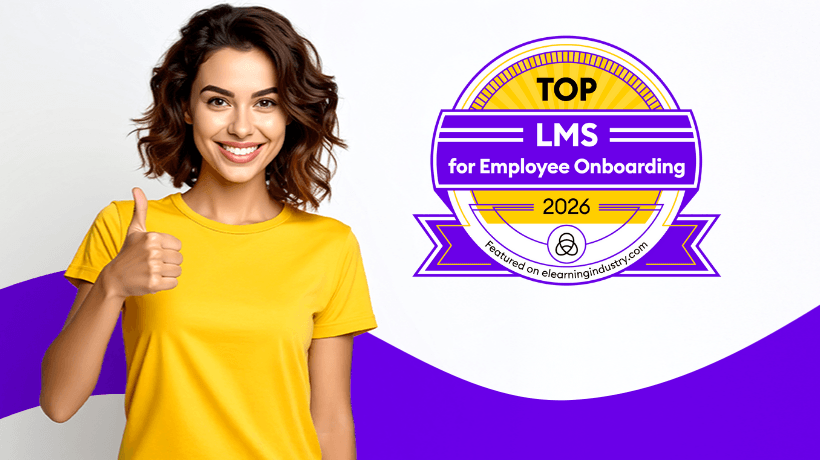Why You Will Benefit From A New Employee Onboarding System
The hiring process is stressful, both for the HR team and prospective employees. Training activities and meetings with supervisors, team members, and other company departments are time-consuming processes that need to be scheduled and organized properly. Employee onboarding systems can help to immediately create the best experience for new hires, as they automate certain processes and facilitate remote support. But what other benefits can these platforms bring to your business?
5 Reasons To Include A New Employee Onboarding System In Your Hiring Process
1. Give Employees An Early Start
An employee onboarding system helps the HR team collect all the necessary documents and forms in one place and send them to the new member before their very first day on the job. The HR team can also send all the useful information, like company policies and task tutorials. This way, both the employee and the HR team members save time, not to mention stress. Plus, signing and filling out paperwork doesn't disrupt the first day on the job, which can now be more about getting to know colleagues, tasks, etc. Some software even has the option to set reminders if the employee hasn't completed all the required paperwork on time.
2. Provide An Onboarding Buddy
Sure, you can assign another team member to help the new employee with their training activities even if you don't have an onboarding system. But can you organize the process the same way while also having full control over how it's going? An employee onboarding system becomes the onboarding buddy of your new employee and helps you assign tasks to them and track their progress every step of the way. Thus, you won't need to pass the training responsibility on to another employee, and your new team member won't feel the direct pressure of someone looking over their shoulder as they try to settle in.
3. Quick Team Acclimation
Integration is a key factor for a successful hiring process. Your new employee has to feel like a part of the team, and employee onboarding software is a key component of this. You can organize meetings with other team members, and they can all share their tips for the job roles and responsibilities. This way, the recruit will know that they can reach out if they have any questions and are more likely to feel welcome. Also, sharing is caring, and this will create a pleasantly unforgettable experience for the newcomer.
4. Identify Hidden Talents And Define Expectations
Onboarding software will help you create tasks and assignments along with instructions that are clear and understandable. What do they have to do today? What is the goal of this task? How will it help them improve their skills? Employee onboarding systems offer a clear image of the job and ease new team members of the anxiety and confusion that usually come with the first days. Therefore, every part of the job becomes more straightforward, and your newcomer has a clear picture of what the company expects of them. At the same time, this eliminates confusion on the company's side too, as you'll be able to recognize the newcomer's skills and capabilities early on.
5. It's All About Retention
Keeping your new recruits acclimated and engaged usually leads to higher employee satisfaction. They know their tasks, they know that you value them, and they are more likely to stay for the long haul. Employee retention is beneficial both for the teams and the company itself because losing members and hiring new ones can add up over time. In addition, a company with satisfied employees and low turnover rates is more attractive when the time comes to attract new talent.
Conclusion
An employee onboarding system will not only highlight the most important parts of the job for your newest team members but will also strengthen the relationship between employees and the company as a whole. You can peruse the Best Onboarding Software For New Employees list to find the perfect platform for your organization and compare the top tech tools.








